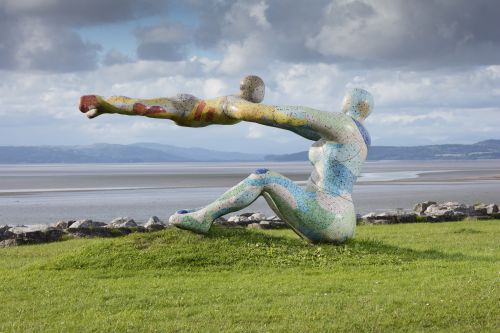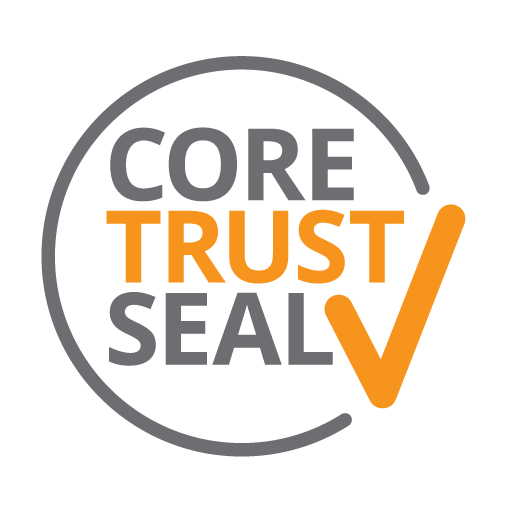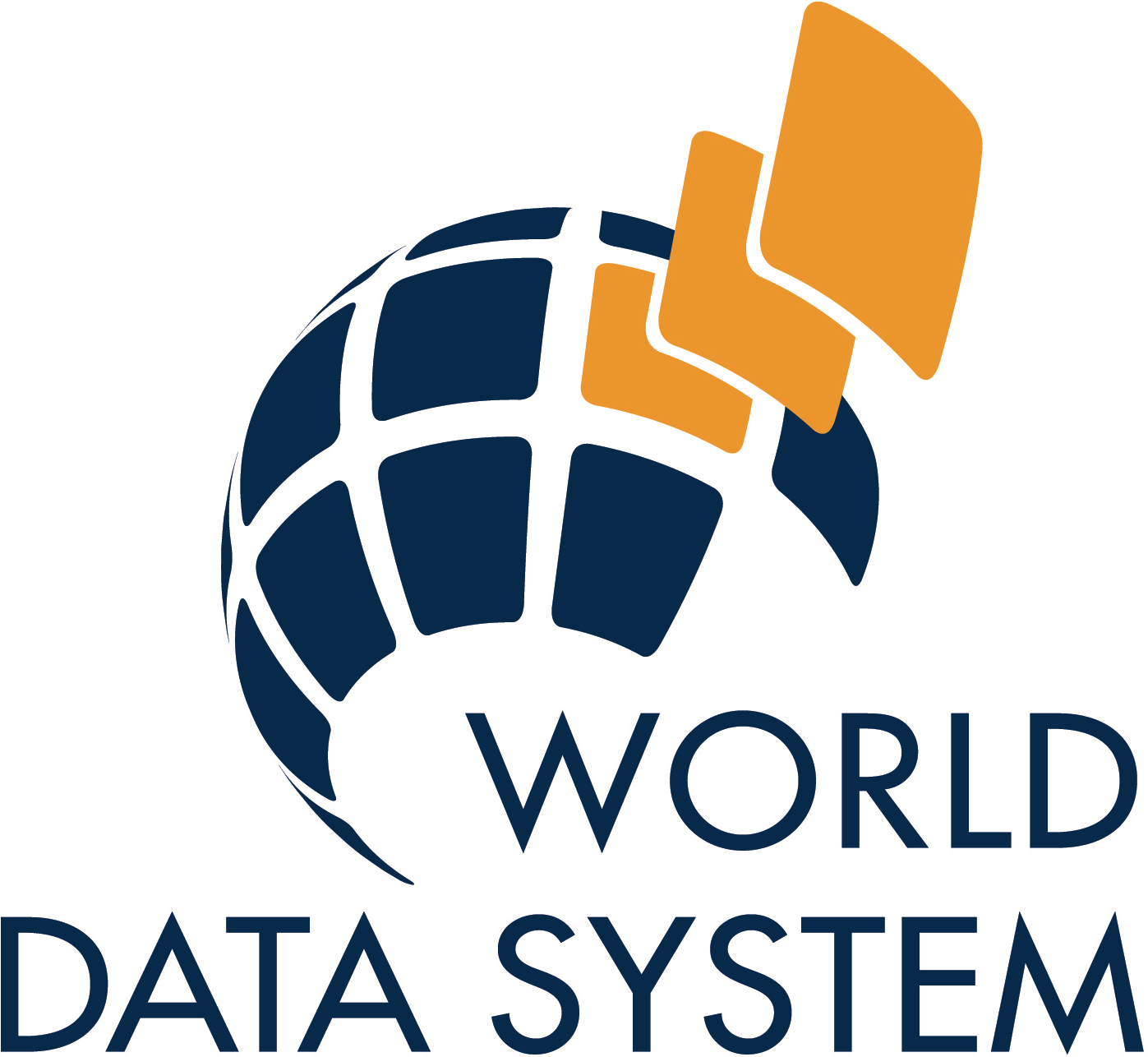We all know that the historic environment sector has undergone a great degree of upheaval over the last few years as a result of the recession-busting
moves by both central and local government and, perhaps even more importantly,
the slump in building activity. At the same time colleagues in the sector are coming to rely more and more on technological solutions to help provide a high quality archaeological information to the public. It is therefore heartening to be able to announce an investment by English Heritage in OASIS to consider a project to redevelop the system to better meet the needs of the historic environment community it endeavours to serve.
We have known for some time that there are elements of the OASIS system which are very twentieth century; this is not a total surprise as the original project was initiated in 1998! A very useful survey and subsequent report by Pye Tait Consulting undertaken in 2011-12 highlighted a number of issues, some very pertinent. But some parts of the report revealed a worrying level of misconceptions about the function and form of the system as it is now. Some of this is understandable; take up of the form has been variable and sporadic over the last decade with new users across all parts of the sector engaging with the system at different times, often without the benefit of formal training or a deep understanding of the potential of the system. We’d like to use the opportunity afforded by the HERALD (Historic Environment Research Archives, Links and Data) project to debunk a few long held myths about OASIS and take another look at the results of the Pye Tait survey and, with the help of our project partners ALGAO and the CBS, identify what we need to do to bring the form, and system that sits behind it, up to date in technological terms but also make it fit for a range of different purposes. For example we’d like to engage more closely with the museum community to see if the data held within OASIS could be of use to them, and if so to what extent and how they would like to be involved in the reporting process. Similarly we’d like to explore ways in which we can encourage a greater use of the form by those who may not routinely report archaeological fieldwork to local authorities, like community groups and academics. We will be seeking views widely across the profession and the sector.
To ‘herald’ the start of the project in January 2014 we have redesigned the OASIS website, and introduced a blog to keep you all up to date with what is going on with the project; our first step will be to ask you what you want, how the form and system could be changed to better serve our needs, help you report or record events,or deliver grey literature. So watch this space!





